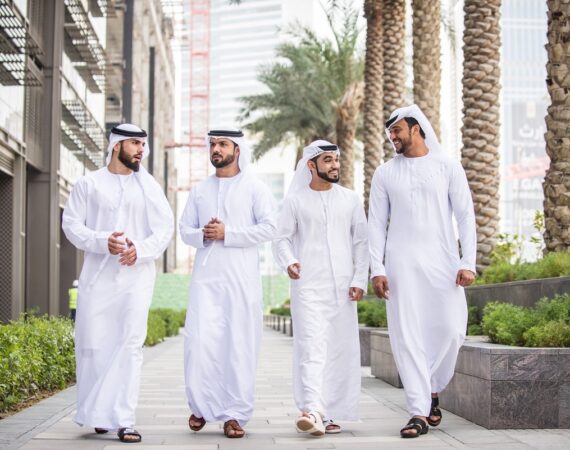
The Arabic language of the United Arab Emirates is a dialect of the Arabic language, and is spoken by the majority of the population. It is also known as Emirati Arabic, or Gulf Arabic. The language has its roots in the classical Arabic language, but has been heavily influenced by other languages such as Persian, Turkish and English.
The United Arab Emirates is a multi-cultural country with many different ethnic groups living there. This means that there are many different dialects of Arabic spoken in the country. The most commonly spoken dialect is Emirati Arabic, which is a mix of classical and modern Arabic. It has been heavily influenced by Persian and Turkish, as well as English which is widely used in business and education.
Emirati Arabic has its own unique vocabulary and pronunciation which can be difficult for non-native speakers to understand. It also contains many loanwords from other languages such as English, French, Hindi and Urdu. The grammar of Emirati Arabic follows the same rules as classical Arabic but with some differences due to its influence from other languages.
In addition to Emirati Arabic, there are also several minority languages spoken in the UAE such as Balochi, Hindi and Urdu. These languages are mainly spoken by expatriates who have come to work or live in the UAE from their home countries.
The official language of the UAE is Modern Standard Arabic (MSA), which is used for official documents and communications between government departments. MSA is based on classical Arabic but it has been simplified so that it can be understood by all Arabs regardless of their native dialects or backgrounds.
Overall, Emirati Arabic is an important part of life in the UAE and it plays an important role in preserving local culture and traditions while allowing people from different backgrounds to communicate with one another effectively.

